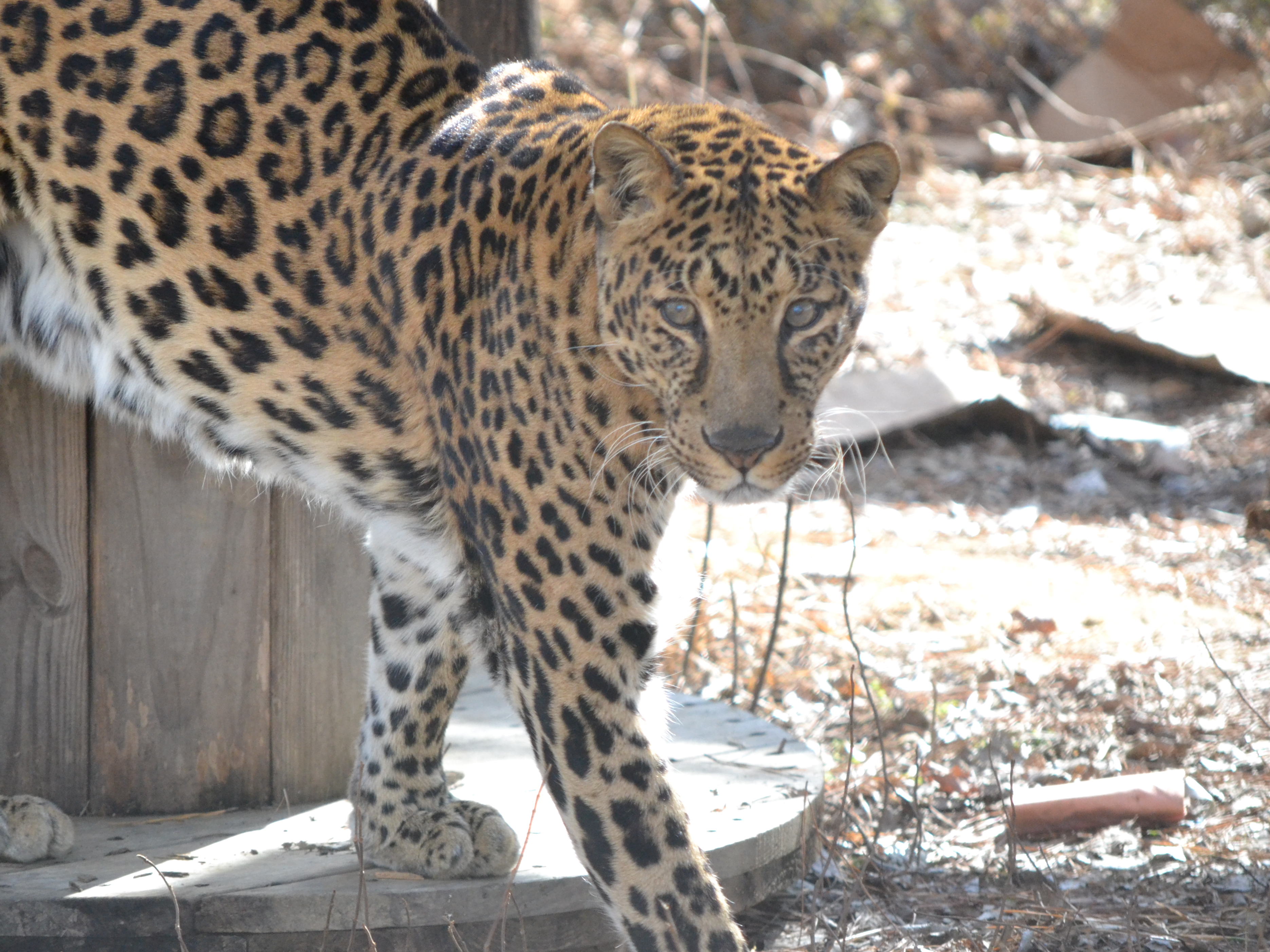
Sam Ocelot
[breadcrumb]
Carolina Tiger Rescue is a 501(c)3 nonprofit wildlife sanctuary whose mission is saving and protecting wild cats in captivity and in the wild.
What Cub Petting Really Is
It’s hard to resist a cute and cuddly tiger cub, the reality behind cub petting though, is a dark one. Those facilities that are involved in cub petting are only concerned about one thing, and that is how much money they can make.

Fast Facts About Cub Petting
- Cubs are taken from their mothers just hours or days after they are born.
- These cubs can only used from the ages of 8 weeks-12 weeks before the law says they are too big
- Once they are too big to be used for cub petting most are killed; some are sold into the pet trade or to roadside zoos
- Many of these cubs are underfed or not given a proper diet to keep them small so they can be passed off as younger cubs and used longer
- Cubs are passed around to as many paying tourists during the day as possible with no regard to the health or needs of the cub

Tigers in the wild
- Tiger cubs in the wild will stay with their mothers until they are around 2 years of age.
- Female tigers in the wild will typically only give birth to a litter of cubs every 2-3 years.
- Tiger cubs are weened from their mother’s milk at around 6 months of age.
- Tiger cubs learn how to be tigers from their mother which helps ensure their survival.
Learn More
- The tigers that are bred for cub petting are “generic” tigers. They do not aid in conservation because they are not a particular sub species of tiger.
- Some facilities will declaw and de-fang their cubs to make them “safer”. This is painful and can cause many long term issues such as infections and arthritis.
- Due to a lack of proper nutrition the cubs can develop metabolic bone disease in which their bones do not form properly, leading to painful, debilitating issues as the grow and age.
- At times cubs are sedated to make them “safer” to handle.
TAKE ACTION
It is important to understand the truth and consequences behind cub petting. Here are ways you can help.
- Avoid places that allow cub petting or photo opportunities with cubs-facilities who offer this, do it for the money, if they stop making money, the practice will also end.
- Educate others on the truth behind cub petting-many times people simply do not know the facts about cub petting.
- Visit accredited facilities that are committed to conservation or rescuing wild animals and that do not exploit animals.




